Barbed wire, concrete, razor blades, passports, Bakelite and the sewage system are all crucial to the way we live now yet what do most of us know about who, when, how they were invented? In an ambitious new series for the World Service, 50 Things That Made the Modern Economy, Tim Harford intends to put us straight, taking one thing each week over the next year and in just nine, tight, well-ordered minutes giving us its potted history. This weekend, for instance, Harford introduced us to the Haber-Bosch process, which he argues is ‘the most significant invention of the 20th century’, allowing the world’s population to grow exponentially from four billion people in the 1910s when it was first introduced to seven and a half billion now. What Fritz Haber did was to work out a way to convert the nitrogen in the atmosphere into ammonia, used as the basis of fertiliser. Carl Bosch replicated the process on an industrial scale, thereby revolutionising farming and food production. Both won Nobel prizes. Acquiring more land was no longer the only way to feed more people; all that was needed was nitrogen, which was freely available in the atmosphere. The process was just like alchemy, or ‘Brot aus Luft’ (bread from air) as the process came to be known in Haber’s native Germany.
But as followers of Harford’s programme on Radio 4, More or Less, will know, to be ‘informed’ is not just to be told the facts. Harford helps us to understand the back story, the broader implications. His nine minutes on Haber-Bosch began by telling us about the sad life of Haber’s wife Clara, who was also a scientist, the first woman to gain a doctorate in chemistry in Germany. Once married to Haber, she was not encouraged to continue her research, and whenever she did give a lecture it was assumed he must have written it for her. Later, Clara pleaded with her husband to stop his pioneering work devising chemical weapons for the German government. In 1915, after chlorine was used to gas allied troops at Ypres, she took his gun and killed herself.
This was great storytelling; precise, colourful, to the point. The programme was blighted, however, by the intrusive background music and the format, which is very much moulded for the podcast audience, who often listen on the move, or maybe while doing something else, who are rarely focused on what’s being said. You can tell by the amount of aural busyness, the way the voices are underscored by music or other sound effects to ensure the listener (or rather half-listener) stays tuned.
More facts and figures were bandied around for those up early on Sunday morning when Caz Graham took On Your Farm to north Lancashire. Apparently, we now spend £8 billion a year in coffee shops. £8 billion? But our newly developed and voracious appetite for cappuccinos and lattes may be a way to save our dairy farms, which have suffered so badly recently, in large part because of the supermarket wars and the way the price of milk is used to draw in customers rather than reflect the cost of its production.
Graham talked to Joe Towers, who persuaded his father to let him buy a new herd of Jersey cows so that their farm could start producing milk specially formulated for the coffee-shop market, blending each day the rich yield from the Jerseys with a varying amount of milk from their existing herd of Friesians. Those foamers and steamers beloved of baristas need milk that is high in solids and proteins to froth up properly and create those perfect toppings: 3.6 per cent, precisely, according to a Danish researcher who spent two years analysing nothing but steamed milk.
Towers, who has worked on coffee farms in Kenya, was intrigued when approached by Shaun and Rebecca Young, baristas from London who believed there was a market for milk designed to make coffee taste better. His milk now sells direct to more than 100 specialist coffee bars in London and business is booming. A back story to ponder next time you order a latte (but don’t go for the skinny option).
Over on Radio 4 Extra on Friday there was another chance to hear Nigel Planer’s gently comic play (his first for radio) about Michelangelo and the painting of the Sistine Chapel from 1508 to 1512 in a classy production by Mary Peate. Lapo (Phil Daniels), a Plato-reading plasterer, and his apprentice Loti (Bryan Dick) are stuck up the scaffold waiting for the great artist to arrive. He’s late, and believed to be sulking because things are not going well. Lapo has been working on frescoes for decades, and reckons he can teach Michelangelo how to do it. After all, ‘he’s not as good as Leonardo’.
Lapo has mixed the artist’s colours, prepared the skimmed plaster, punched the holes in his cartoon and transferred the lines to the ceiling using charcoal. He even claims parts of the paintwork. He’s not impressed that Michelangelo gets all the credit. ‘That buttock,’ says Lapo. ‘I did that.’
Got something to add? Join the discussion and comment below.
Get 10 issues for just $10
Subscribe to The Spectator Australia today for the next 10 magazine issues, plus full online access, for just $10.

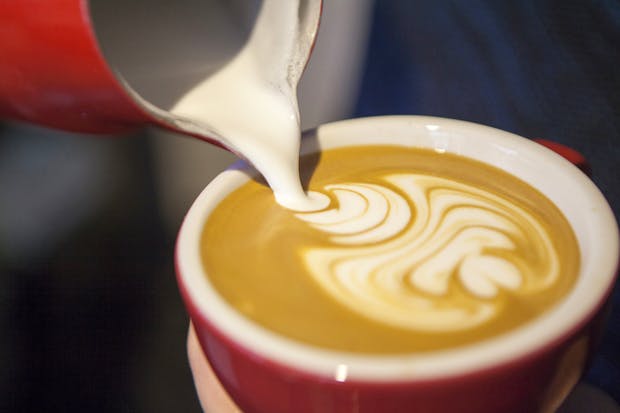
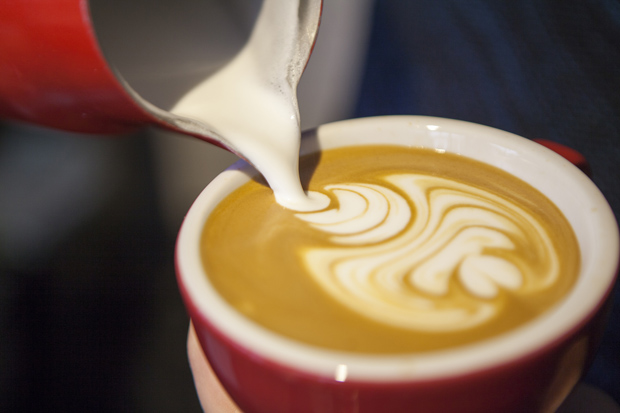
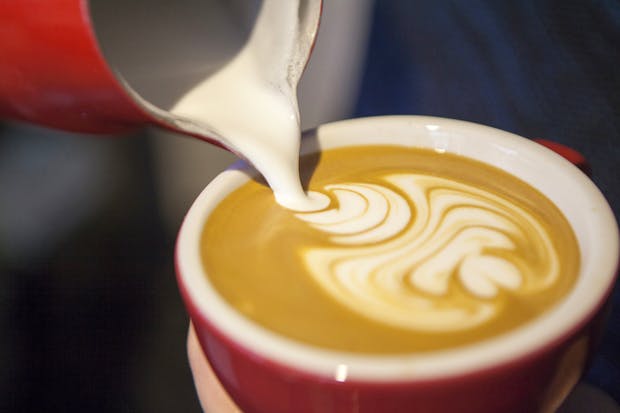
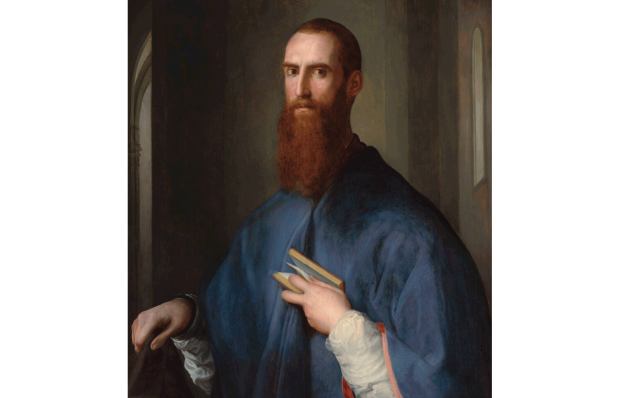
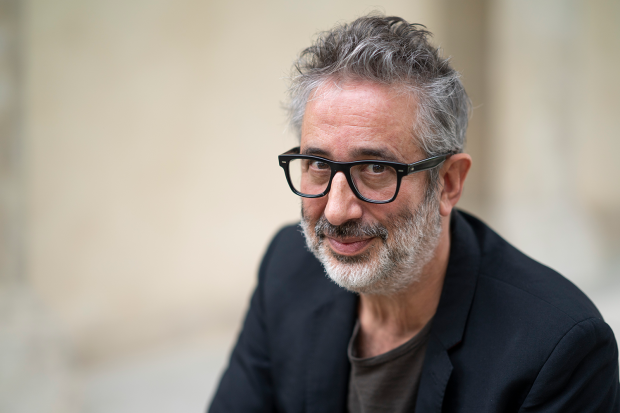
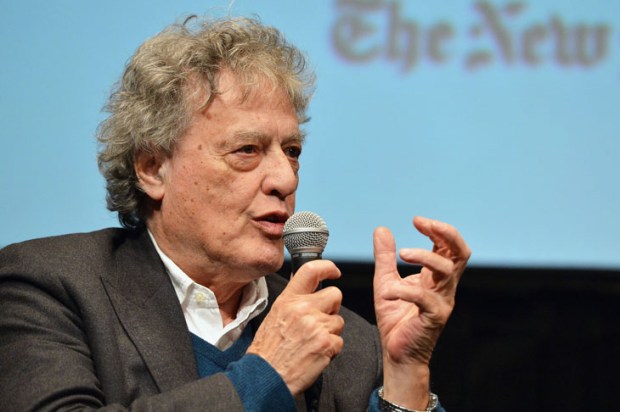
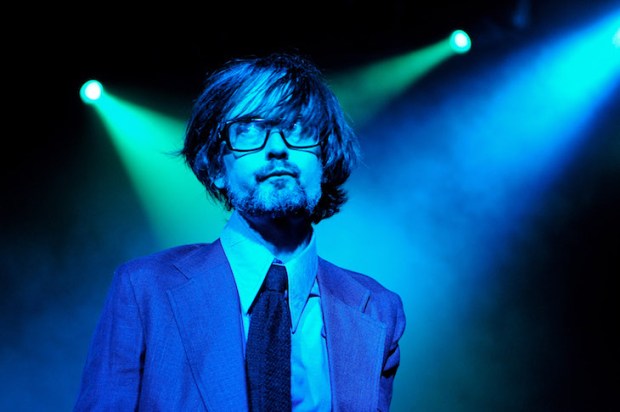






Comments
Don't miss out
Join the conversation with other Spectator Australia readers. Subscribe to leave a comment.
SUBSCRIBEAlready a subscriber? Log in